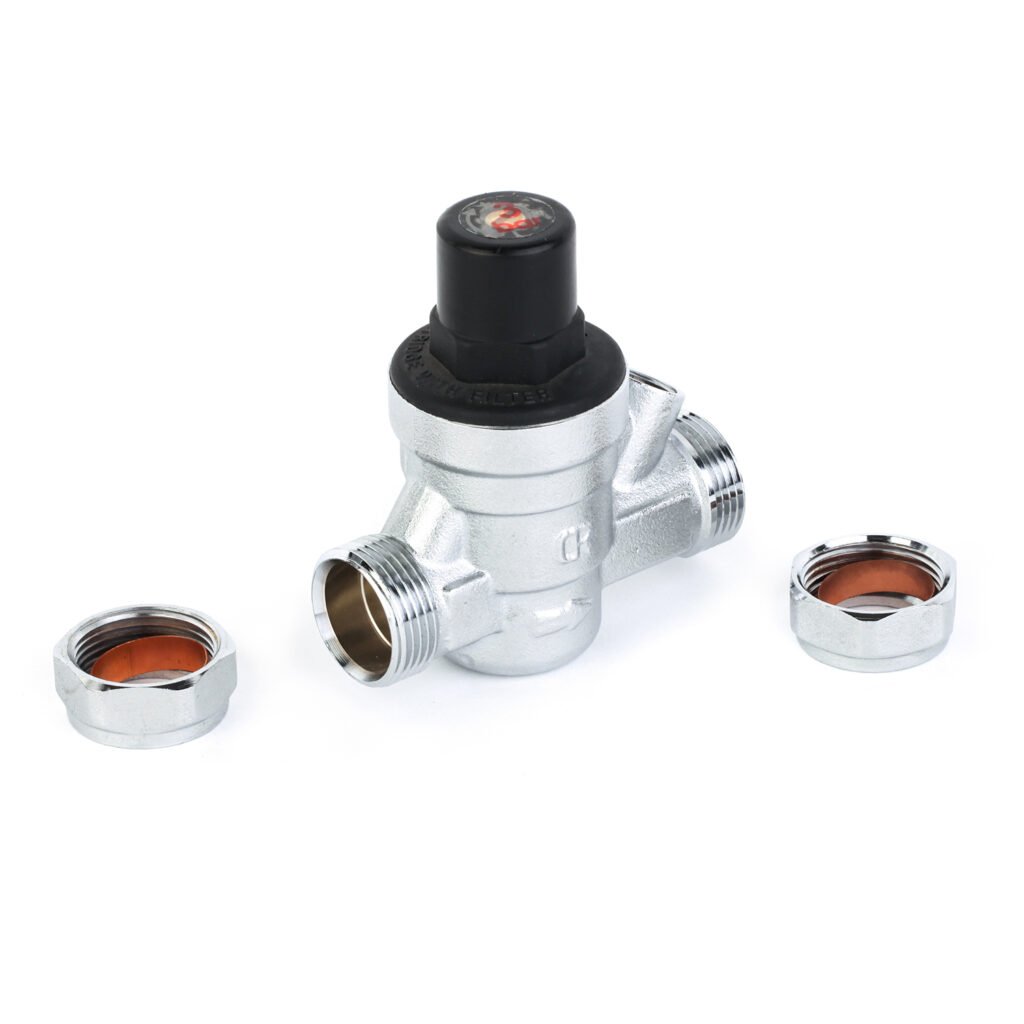Introduction:
Pressure reducing valves (PRVs) play a critical role in various industries where controlling fluid pressure is essential. These valves ensure that downstream systems receive a steady and safe pressure, regardless of fluctuations in the upstream pressure. However, understanding the maximum pressure limit of pressure reducing valves is crucial for ensuring their proper functioning and maintaining system integrity. In this article, we delve into the concept of maximum pressure for pressure reducing valves, exploring its significance, factors affecting it, and best practices for selecting and maintaining PRVs within safe operating limits.
What is a Pressure Reducing Valve?
Before delving into the maximum pressure considerations, let’s establish a fundamental understanding of pressure reducing valves. PRVs are mechanical devices designed to reduce and stabilize the pressure of a fluid stream entering a system. They achieve this by automatically adjusting the valve opening to maintain a constant downstream pressure, regardless of upstream variations.
The Role of Maximum Pressure:
The maximum pressure rating of a pressure reducing valve denotes the upper limit of pressure that the valve can effectively regulate while maintaining its integrity and performance. Exceeding this maximum pressure can lead to valve failure, compromising the safety and efficiency of the system it serves. Therefore, understanding and adhering to the maximum pressure limit is vital for ensuring the reliability and longevity of PRVs and the systems they protect.

Factors Affecting Maximum Pressure:
Several factors influence the maximum pressure rating of pressure reducing valves:
- Material Strength: The construction material of the valve body and internal components significantly impacts its maximum pressure capacity. High-strength materials such as stainless steel or alloy steels are commonly used for PRVs intended for high-pressure applications.
- Design and Construction: The design and manufacturing quality of the valve determine its ability to withstand pressure. Well-engineered PRVs with robust construction are more likely to have higher maximum pressure ratings.
- Operating Conditions: Factors such as fluid type, temperature, flow rate, and system pressure dynamics affect the stress exerted on the valve. PRVs must be selected and installed based on the specific operating conditions to ensure they operate within their maximum pressure limits.
- Compliance Standards: Pressure reducing valves are subject to industry standards and regulations that define maximum pressure ratings based on intended applications and safety requirements. Compliance with these standards ensures that PRVs meet minimum safety criteria.
Selecting the Right PRV:
Choosing the appropriate pressure reducing valve involves considering various factors, including maximum pressure requirements. Here are some key steps to guide the selection process:
- Identify System Requirements: Understand the maximum pressure demands of the downstream system under normal operating conditions as well as potential pressure spikes or variations.
- Consult Manufacturer Specifications: Review the manufacturer’s documentation to ascertain the maximum pressure rating of the PRV model under consideration.
- Consider Safety Margins: It’s advisable to select a PRV with a maximum pressure rating that exceeds the system’s expected maximum operating pressure to provide a safety margin and accommodate unforeseen circumstances.
- Evaluate Compliance: Ensure that the selected PRV complies with relevant industry standards and regulatory requirements pertaining to maximum pressure ratings.
Maintenance and Monitoring:
Regular maintenance and monitoring are essential for ensuring that pressure reducing valves operate within their maximum pressure limits throughout their service life. Here are some maintenance practices to consider:
- Inspection: Regularly inspect PRVs for signs of wear, corrosion, or damage that could compromise their integrity and maximum pressure capacity.
- Calibration: Periodically calibrate PRVs to verify their pressure-reducing accuracy and confirm that they are operating within specified pressure limits.
- Pressure Testing: Conduct pressure tests to assess the performance and integrity of PRVs under simulated operating conditions and verify compliance with maximum pressure ratings.
- Record Keeping: Maintain comprehensive records of PRV installation, maintenance, and performance evaluations to track their service history and ensure ongoing compliance with maximum pressure requirements.
Conclusion:
In conclusion, understanding the maximum pressure for pressure reducing valves is essential for maintaining the safety, reliability, and efficiency of fluid systems across various industries. By considering factors such as material strength, design, operating conditions, and compliance standards, selecting the right PRV with an appropriate maximum pressure rating becomes achievable. Moreover, diligent maintenance and monitoring practices help ensure that PRVs operate within their maximum pressure limits throughout their service life, safeguarding both equipment and personnel from potential hazards associated with excessive pressure.
